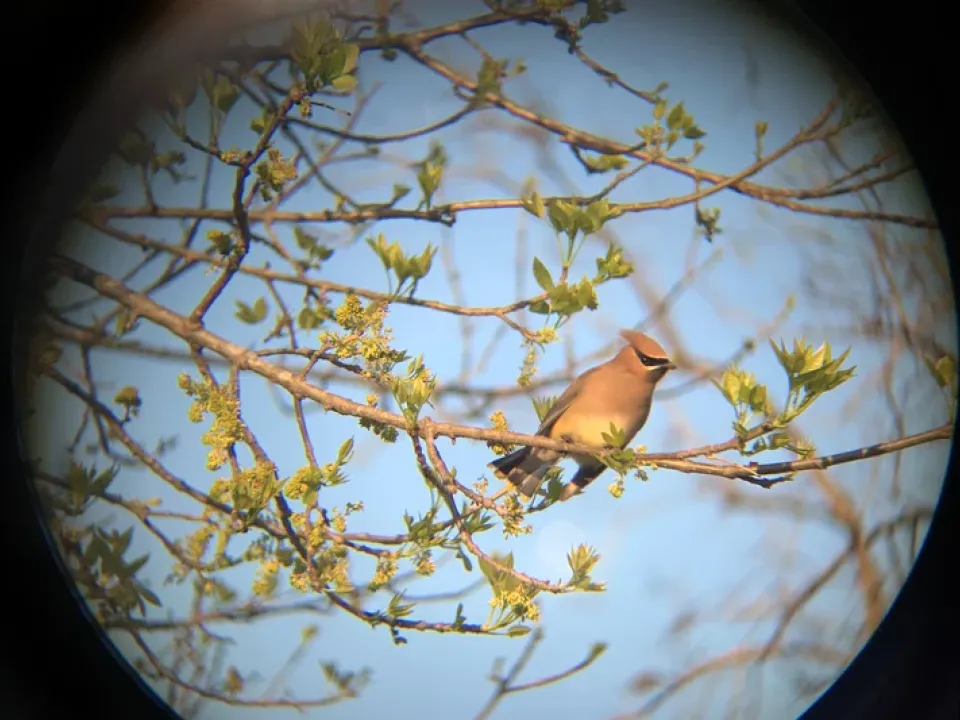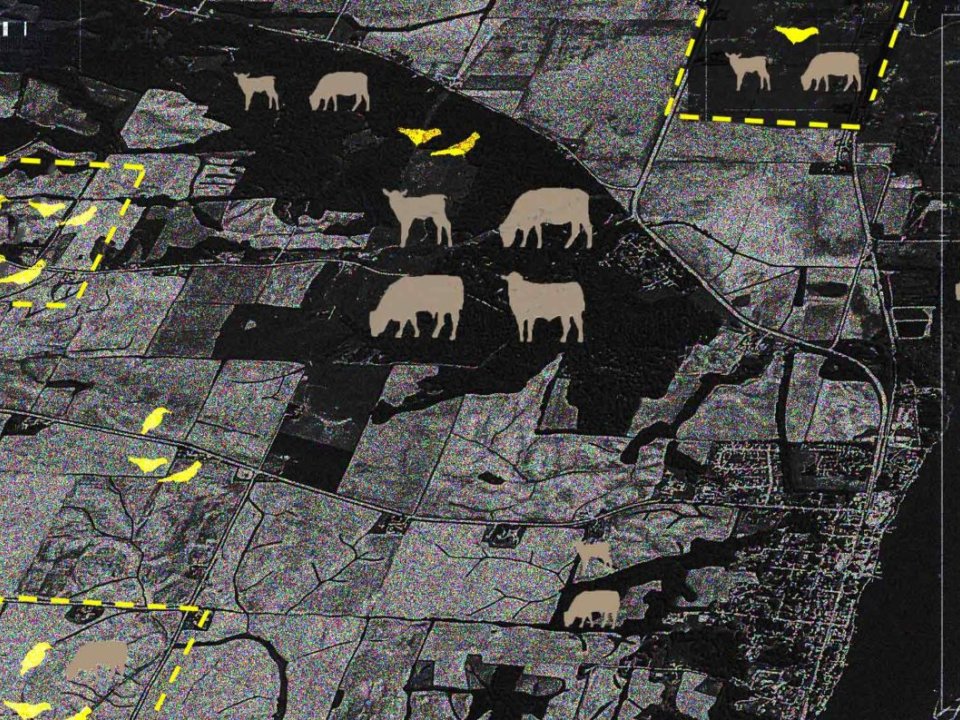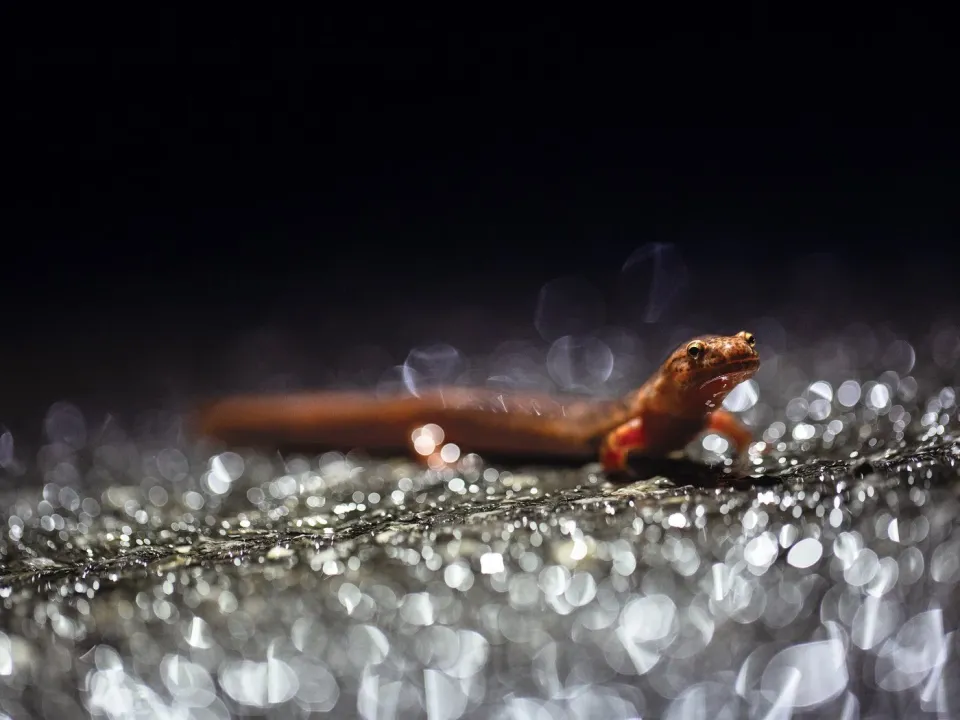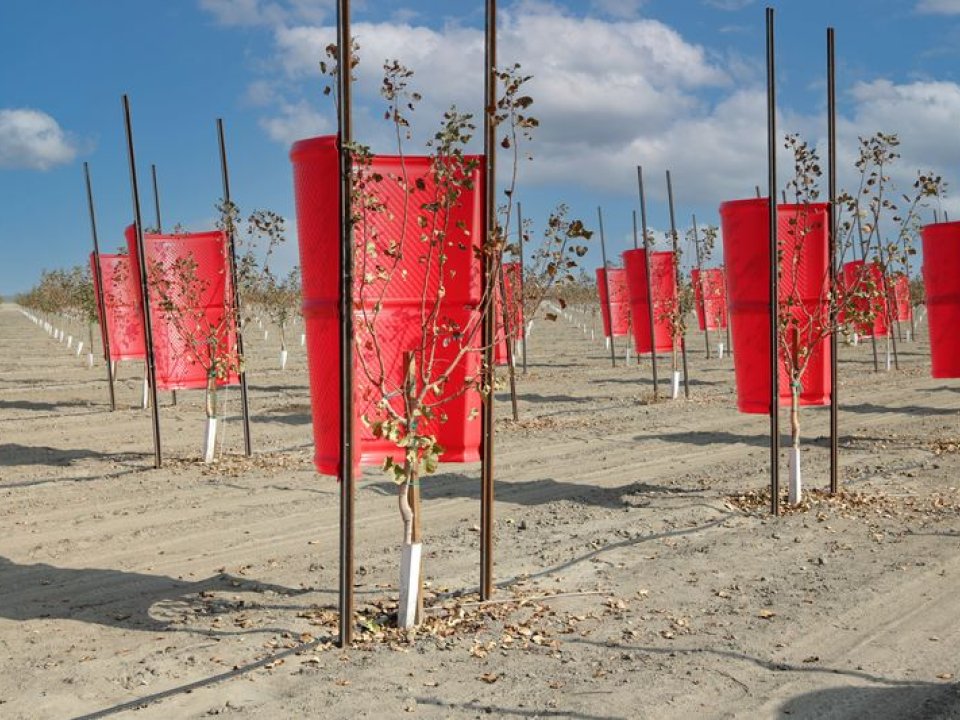News
Conserving energy and stargazing are two of many reasons people opt to turn their lights out at night, but over the next couple of days, experts are urging residents to also flip their switches between 11 p.m. and 6 a.m. to help save the lives of millions of migrating birds.
The pandemic has exacerbated inequalities in the international fishing industry, according to a new report from Cornell researchers and the International Labour Organization (ILO), who will present their findings at a virtual webinar April 27.
I love this time of year, because that means lots of birds are migrating to their breeding grounds. I live along the Central Flyway migration corridor, so I get to see a lot of birds I usually don't see during non-migration months. Last spring, I was lucky enough to spot a Painted Bunting, a Blackburnian Warbler, and an Orchard Oriole, just to name a few!
But in North America, we've seen a staggering loss of birds. A 2019 study led by the Cornell Lab of Ornithology found that there are 3 billion fewer breeding birds than in 1970. To put that into context: we've lost roughly one in four birds over the course of my parents' lifetime. More than 90% of these losses are of common birds, like sparrows, blackbirds and finches.
The satellite imagery is staggering: an Antarctic ice shelf roughly the size of New York City collapsing into the ocean. Its demise, captured and reported by NASA scientists in mid-March, was only the latest startling news from a region where temperatures have soared up to 40° Celsius (72° Fahrenheit) above average.
From melting ice sheets to tornadoes ravaging New Orleans and wildfires sweeping Texas, it’s ever clearer that the climate crisis is here, now. In its sixth major report since 1990, the Intergovernmental Panel on Climate Change (IPCC) conveyed the urgency: “The scientific evidence is unequivocal: climate change is a threat to human wellbeing and the health of the planet,” said IPCC Working Group II co-chair Hans-Otto Pörtner. “Any further delay in concerted global action will miss a brief and rapidly closing window to secure a livable future.”
Responsible for roughly one-third of the world’s carbon emissions, the global food system is one of the key places for transformative action. Among the 3,675 pages of Working Group II’s report on climate impacts, adaptations, and vulnerabilities, the authors — 270 of them from 67 countries — share evidence for strategies that can be adopted rapidly to reduce the food system’s climate impacts while strengthening resilience and improving health, food security, and the well-being of food producers.
In the spring of 2018, at the Rockefeller State Park Preserve in New York’s Hudson Valley, a pair of bobolinks nested successfully for the first time in over 50 years. The sparrow-sized songbirds selected an old hayfield for their ground nest, and before long, half a dozen pale freckled eggs lay cradled, hidden in the vegetation.
The teacup nest was just a subtle shift in the landscape. But its presence signaled a larger transformation in the hayfield, which had been used since the 1970s to grow feed for the Rockefeller family’s show cattle.
Decades of intensive management had devastated the native grassland ecology, according to Jack Algiere, director of agroecology at the Stone Barns Center for Food and Agriculture, the sustainable farming nonprofit that operates on a neighboring 80-acre parcel. Synthetic fertilizer, herbicides, and tractors had depleted and compacted the soil into densely packed earth, a hostile environment for wildlife.
Each spring as the ground begins to thaw, an epic migration unfolds in New York’s Hudson River estuary watershed. Amphibians emerge from their winter shelters and head for woodland breeding pools. Some of these creatures must hop or slither as far as a quarter-mile—a long way for a small, coldblooded vertebrate. For those who survive the labyrinth of predators, human development and fast-moving cars, an uncanny orgy awaits.
On a brisk, rainy evening last March, Laura Heady, a biologist, was wearing a reflective orange vest and headlamp, scouring a road near New Paltz,New York. Heady is the director of the Amphibian Migrations and Road Crossings Project, a joint effort between the New York State Department of Environmental Conservation and Cornell University. Since the program began in 2005, around 850 volunteers have been trained to escort amphibians out of harm’s way.
In this opinion piece, Migrations faculty fellow Gunisha Kaur writes about the epidemic of farmer suicides in India.
"India needs far more than agricultural reform. Officials can begin by destigmatizing and decriminalizing suicide, by sincerely committing to collecting accurate data on suicide attempt and mortality, and by devoting resources to support the mental health needs of India's farmers and their families. Because right now, many Indian farmers are killing themselves to put food on the nation's tables."
Rachel Bezner Kerr, part of the Einaudi Center's qualities of life research team, contributes to a new UN climate report on climate change impacts.
The impact of global warming on food production is concerning. The changing climate is already affecting domesticated crops, as well as wild plants and animals that contribute to human survival. Yet, there is hope, says Rachel Bezner Kerr, Global Development. “If you look at the big picture globally, it can be hard not to despair,” she says. “But if you can focus on a particular place where you can explore the potential for making a difference, it can give you energy and momentum.”
The bulk of Bezner Kerr’s research takes place in rural Africa, where she works with small-scale farmers to help them build food security and agricultural resiliency. But through her participation in the United Nation’s (UN) Intergovernmental Panel on Climate Change’s (IPCC) Working Group II, she also seeks to give policymakers across the globe the latest scientific evidence about climate change.
Every week, the University of Nebraska-Lincoln, National Oceanic and Atmospheric Administration and the U.S. Department of Agriculture update America’s Drought Monitor, a map illustrating the parts of the country that are currently experiencing water scarcity, and to what extent.
In the West and High Plains, which comprise 15 states with some of the most productive land in the nation, the news over the past 20 years has not been good. Drought conditions have prevailed in more than 15% of the West for 1,138 of the last 1,144 weeks. California has spent eight of the last 10 years with more than half of its land under stress. As of Feb. 8, 95% of the West was considered “abnormally dry.”








